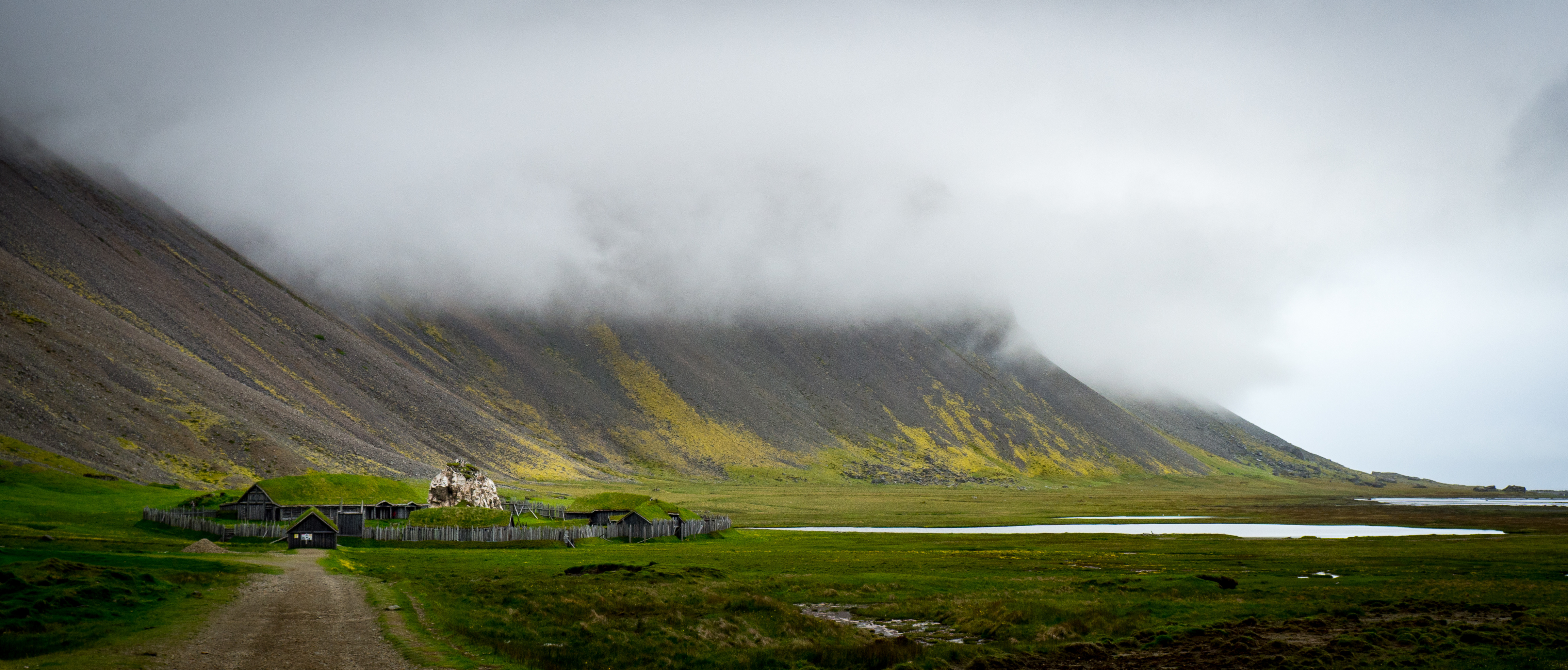
Detailed description of settlement of Iceland can be found in Viking Age Iceland by Jesse Byock.
Lots of great stuff in the book, of which I’ll highlight a few items that caught my eye. Posts in this series:
- Self governance and estimates of population
- Homespun cloth as medium of exchange, or money
- Food preservation
Self governance
Due to its distance from Scandinavia, Iceland developed quite differently than Norway, Denmark, or Sweden.
There was no central government. No king evolved who ruled the land. The book provides extensive detail how this worked. I cannot summarize it well. All I can say is it was to a large degree very decentralized with leaders, emerging based on reputation and their ability. The persuasive leaders were referred to as godi/gothi (singular) or godar/gothar (plural). The regional gatherings, called things, along with a national thing or ding (with d pronounced “th”) resolved issues that needed to be addressed.
Small villages and bigger cities did not develop. Single household farms were the norm. Those may have been extended families with some slaves/hired hands, but it was essentially one family.
One of the wonderful side benefits of the distinctive governance style, or rather lack of strong central government, is there were no major land battles in Iceland for three entire centuries. That is a radical contrast to each of the Scandinavian countries and all of Europe during that time.
A good explanation of the evolution of self-governance in Iceland would require a full book, oh, say the length and depth of Viking Age Iceland.
Population
During the time of immigration, around 870 through 930, an estimated 10,000 or 20,000 people arrived in Iceland.
Early on in the time called the “free state” (meaning independence before then becoming subject to the Norwegian king) the approximately 4,500 homesteads would have averaged 10 or 20 people per homestead. That puts the population estimate at around 45,000 up to 90,000.
Author says the higher number seems too high. For comparison the author cites the population size in the late 17th century when there was a firmer tally at about 55,000. He estimates population before the land started to deteriorate from overuse was probably in the range of 60,000 or 70,000.